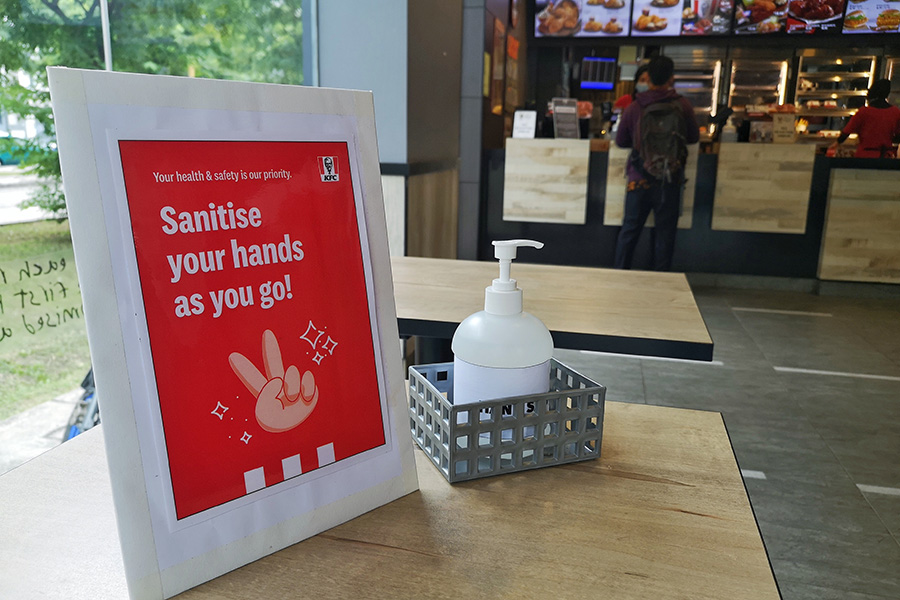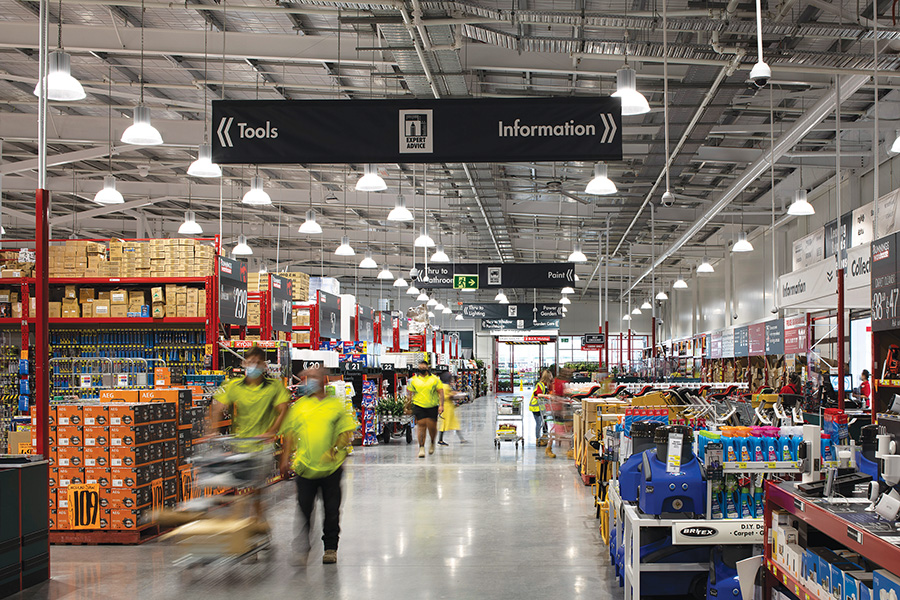As lockdown restrictions begin to be lifted and businesses reopen, the retail community is determined to maintain the highest safety standards possible. In addition to safeguarding the community from exposure and infection, retail also has economic incentives to ensure businesses can come out of hibernation without interruption.
The sector simply can’t afford a second wave of cases that sees restrictions re-imposed. This is underlined by the fact that, following consultation with our members across Australia, the retail sector lost an estimated $1 billion in the month of March alone. Treasurer Josh Frydenberg announced in early May that each week level three lockdown restrictions remained in place the economy would shed $4 billion overall.
Conscious of the need to ensure that both retail workers and Australian shoppers remain protected, several industry groups have teamed up to devise the COVID-19 Retail Recovery Protocol.
The Shopping Centre Council of Australia (SCCA), National Retail Association (NRA), Shop Distributive and Allied Employees Association (SDA), Pharmacy Guild of Australia (PGA) and Australian Retailers Association (ARA) have jointly developed the Protocol to provide a consistent, practical and public health led guide for shopping centres and retailers that continue to trade, are re-opening or are preparing to re-open as COVID-19 restrictions are eased.
The key principles guiding the development of the Protocol align with the retail industry’s approach to date, which continues to be prioritising public health and safety to protect people against infection, compliance with public health guidelines, working with governments and public health authorities, and helping to prevent the spread of COVID-19.
As more retail stores start to reopen, which will see a surge in customer demand, the community should have confidence their health and safety is a priority for retailers, including how they purchase goods and interact with staff.
Each of the industry associations involved have devised 10 key actions that retailers and shopping centres should implement. It should be noted that key actions will vary slightly for businesses across the country. This is due to the obvious fact that each shopping centre, retailer and retail premise differs in factors such as location, tenancy mix, operating hours, size, customer visits, open air/enclosed spaces, customer access points, carparks, loading docks and co-location with public transport facilities.

The 10 key actions recommended include:
1. Making alcohol-based hand sanitiser available at key locations such as store entrances, building entrances, customer service desks and food courts;
2. Increasing frequent cleaning and disinfecting of regularly used objects and hard surfaces (eg. payment registers, ETFPOS machines, hand-rails, bathroom door handles, shelves, shopping trolleys, counters and benches, food-court tables, staff rooms) and other key hygiene measures (eg. waste disposal);
3. Facilitating and encouraging social distancing guidelines in accordance with government or public health authority directions, which is currently a distance of 1.5m. Actions could include signage ‘reminders’, one-way queueing, and ground markings for queueing;
4. Ensuring public gathering limits in accordance with government directions are adhered to, which is currently no more than one person per 4m2 in stores inclusive of staff, and can be maintained. Actions could include regulating access points, monitoring customer counts at relevant entrances and displaying signage;
5. Promoting contactless transactions such as ‘tap and go’ instead of cash for payments, facilitating distancing at counters and benches, and staff wearing disposable gloves when handling objects and money;
6. Monitoring and encouraging customer adherence to relevant public health guidelines by security guards and other personnel, which may also include police visits to shopping centres;
7. Continuing to focus on the community’s access to essential services such as supermarkets, pharmacies and health and medical facilities, especially for vulnerable people;
8. Daily check-ins with employees on their wellbeing, ensuring employees and contractors are properly trained and have access to relevant information and personal protective equipment. These check-ins will include monitoring customer behaviour to ensure retail workers are being treated with respect – abusive and violent behaviour towards retail workers will not be tolerated;
9. Fostering open and frequent communication between shopping centre management and retailers, including alerting each party to any government or public health authority directive, to assist authorities when required, and to continue to release information and provide guidance to employees and customers about good hygiene advice; and
10. Maintaining relevant essential safety measures such as air-handling systems, exit doors, emergency power supply, smoke alarms, sprinkler systems and fire-isolated stairs.
If retailers and shopping centres take the above measures, we can provide the public with the confidence required that sees them returning to stores and avoiding the prospect of restrictions being re-imposed.





















